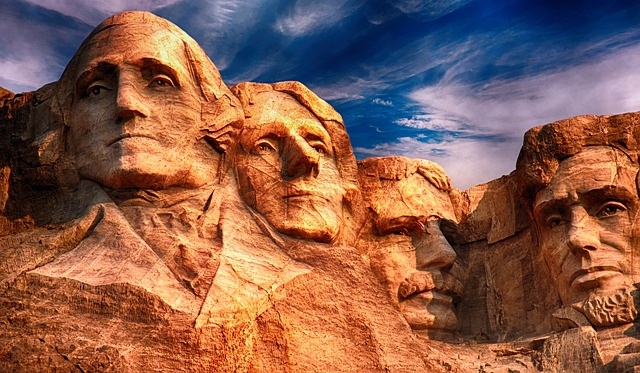The American Flag and Eagle are iconic symbols of freedom and national identity, deeply ingrained in U.S. history and culture. The flag's evolving stars and stripes represent the nation's growth and diversity, while the Eagle, adopted in 1782, embodies strength, courage, and liberty. These powerful emblems have united Americans during crises, inspired independence movements, and become global symbols of democracy and freedom, fostering camaraderie among those seeking justice worldwide.
“The American flag and eagle, iconic symbols of freedom and national pride, have captivated cultures worldwide. This article delves into the historical significance of these powerful emblems, exploring their roots in U.S. history and evolution as global freedom symbols. From cultural interpretations to modern-day representations, we analyze how the American eagle and flag influence societies globally. Discover the profound impact these symbols have on fostering a sense of liberty and unity, both within the United States and internationally.”
- The Historical Significance of the American Flag and Eagle
- Cultural and Political Interpretations of Freedom Symbols
- Modern Day Representation and Impact of American Eagle and Flag in Global Context
The Historical Significance of the American Flag and Eagle

The American Flag and Eagle hold immense historical significance as powerful symbols of freedom and national identity. The flag, with its stars and stripes, has evolved over time to represent the diverse and ever-changing landscape of the United States. It became a symbol of revolution during the American War of Independence, when it represented the struggle for independence from British rule. As new states joined the union, the flag was modified to include more stars, each one symbolizing the addition to the nation’s family.
The American Eagle, with its majestic wings and powerful build, has long been a national emblem. It was adopted as an official symbol of the United States in 1782. The eagle represents strength, courage, and freedom—values that are central to the American spirit. Often depicted as a symbol of patriotism, the American Eagle is seen as a guardian of democracy and liberty, embodying the nation’s commitment to these ideals. Its presence on various official emblems, coins, and banners reinforces the strong connection between freedom and the nation’s ethos.
Cultural and Political Interpretations of Freedom Symbols

The American Eagle and flag are iconic symbols deeply intertwined with the concept of freedom in the United States. Beyond their literal representations, these emblems carry cultural and political interpretations that have evolved over time. The eagle, a powerful and majestic bird, has long been associated with strength, courage, and sovereignty, making it a prevalent symbol across various indigenous cultures in North America. In the context of the U.S., the American Eagle symbolizes not only national pride but also the ideals of liberty and independence. Similarly, the flag, with its red, white, and blue hues, evokes a sense of unity, freedom, and the nation’s commitment to democratic values.
These symbols have been harnessed in political discourse to convey messages of patriotism, national identity, and resistance against oppression. Throughout history, they have inspired movements for independence, united communities during times of crisis, and served as rallying points for those seeking a better, freer society. The American Eagle and flag, therefore, transcend their physical forms to become powerful metaphors for the diverse and complex definitions of freedom within American society.
Modern Day Representation and Impact of American Eagle and Flag in Global Context

In modern times, the American Eagle and Flag continue to serve as powerful symbols of freedom globally. The eagle, a majestic bird of prey, has long been associated with strength, courage, and sovereignty in American culture. Its majestic presence on coins, stamps, and official emblems reinforces the nation’s pride and resilience. Similarly, the flag, with its stars and stripes, remains an iconic representation of liberty, unity, and the ideals upon which the United States was founded.
These symbols resonate far beyond national borders. The American Eagle and Flag are recognized worldwide as universal emblems of democracy, freedom, and human rights. Their impact is evident in various cultural contexts, from artistic expressions to political movements, where they inspire hope, defiance, and a shared appreciation for the values they represent—values that transcend geographical boundaries, fostering a global sense of camaraderie and understanding among those seeking freedom and justice.
